Renovating Historic Homes with Modern Comforts
Historic homes hold a special place in our collective memory, preserving fragments of our past and offering a glimpse into a bygone era. These architectural marvels bear witness to centuries of cultural evolution and provide a unique charm and character that modern constructions often lack. However, many historic homes suffer from neglect and decay, prompting the need for renovation and restoration efforts to preserve their legacy. This article aims to explore the process of reviving history by renovating historic homes while integrating modern comforts and conveniences.
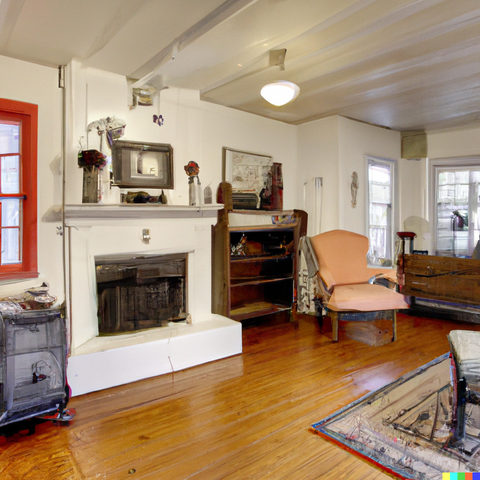
Preserving the Architectural Identity:
When embarking on a renovation project for a historic home, preserving its architectural identity should be of utmost importance. Each home tells a story through its unique architectural features, such as intricate woodwork, ornate detailing, and historical motifs. Therefore, any modifications made during renovations should respect and honor these design elements. Professional architects and preservation experts should be consulted to ensure that the home's historical integrity is maintained throughout the process.

Modernizing Living Spaces:
While preserving the architectural identity is crucial, modernizing living spaces is equally important to make these historic homes functional for contemporary living. Many older homes were not designed to accommodate modern lifestyles, lacking features like open floor plans, ample storage space, and energy-efficient systems. Introducing these modern conveniences is essential to ensure comfort and practicality, allowing occupants to effectively utilize these historic homes as functional living spaces.
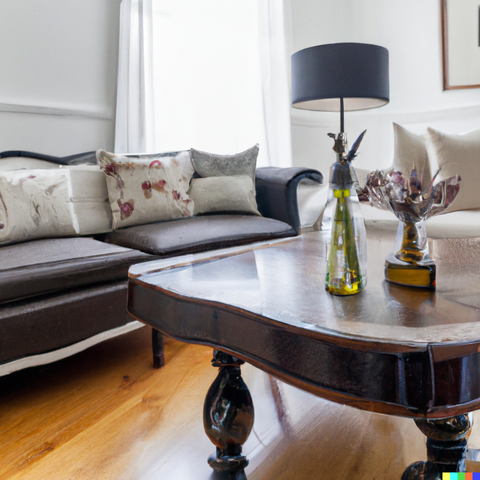
Restoration of Original Materials:
Renovating a historic home involves careful restoration of original materials to bring back their former glory. This process often includes repairing or replacing damaged wooden beams, restoring original hardwood floors, and reinstalling period-appropriate fixtures such as door handles, light fixtures, and window frames. By salvaging and reusing these original materials, the renovation process can not only maintain the historical authenticity but also reduce waste and contribute to sustainable practices.
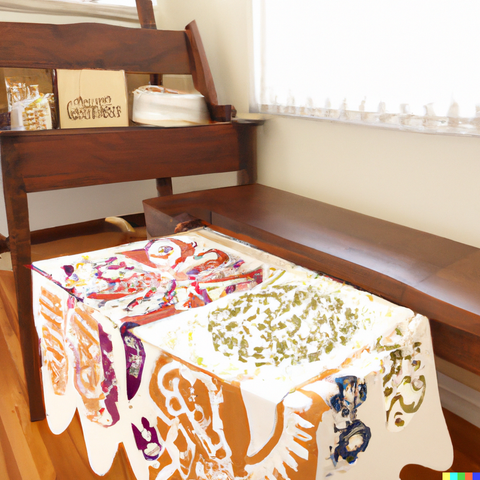
Modernizing Infrastructural Systems:
One of the major challenges in renovating historic homes is updating their infrastructural systems to modern standards. Aging electrical, plumbing, and HVAC systems can pose safety risks and hinder energy efficiency. However, it is essential to carry out these updates with caution to ensure that new systems do not detract from the historical integrity of the home. Advanced techniques such as strategically concealing new infrastructure or utilizing period-appropriate fixtures can help strike a balance between modern comfort and historical authenticity.
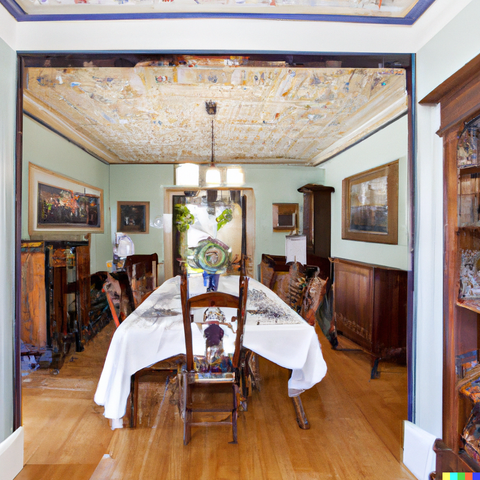
Integrating Technology:
In today's digital age, integrating modern technology into historic homes can significantly enhance their functionality and convenience. Smart home features such as programmable thermostats, automated lighting, and security systems can be seamlessly integrated into the historic framework, allowing occupants to enjoy modern comforts without compromising the home's historical appeal. Careful consideration must be given to ensure that technological advancements are incorporated in a manner that does not detract from the home's originality.
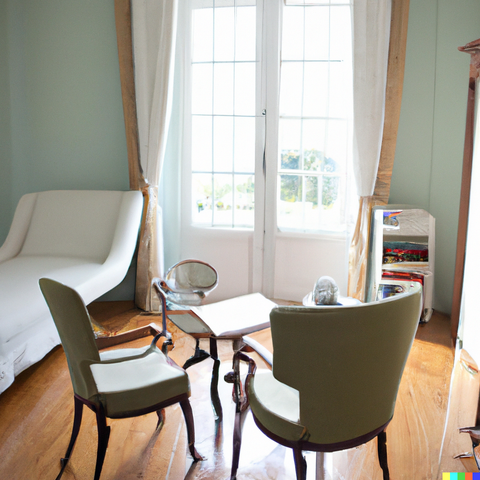
Preserving Historic Neighborhoods:
Renovating historic homes not only contributes to preserving individual architectural pieces but also helps maintain the charm and character of entire historic neighborhoods. The collective effort of homeowners to restore and maintain their properties creates a cohesive historical fabric that enriches the community. Encouraging regulations and incentives to support historic preservation can help safeguard the heritage of these neighborhoods and protect them from the threats of drastic modernization and urban encroachment.
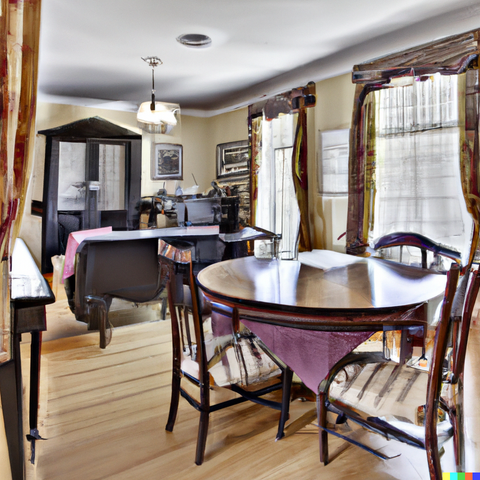
Reviving history through the renovation of historic homes is a meticulous process that requires a delicate balance between preservation and modernization. By preserving the architectural identity, modernizing living spaces, restoring original materials, updating infrastructural systems, integrating technology, and preserving historic neighborhoods, these architectural treasures can be brought back to life while offering the comforts and conveniences of the modern era. The successful restoration of historic homes allows us to connect with our heritage, celebrate our past, and ensure the continuation of these fascinating pieces of history for generations to come.























Leave a comment